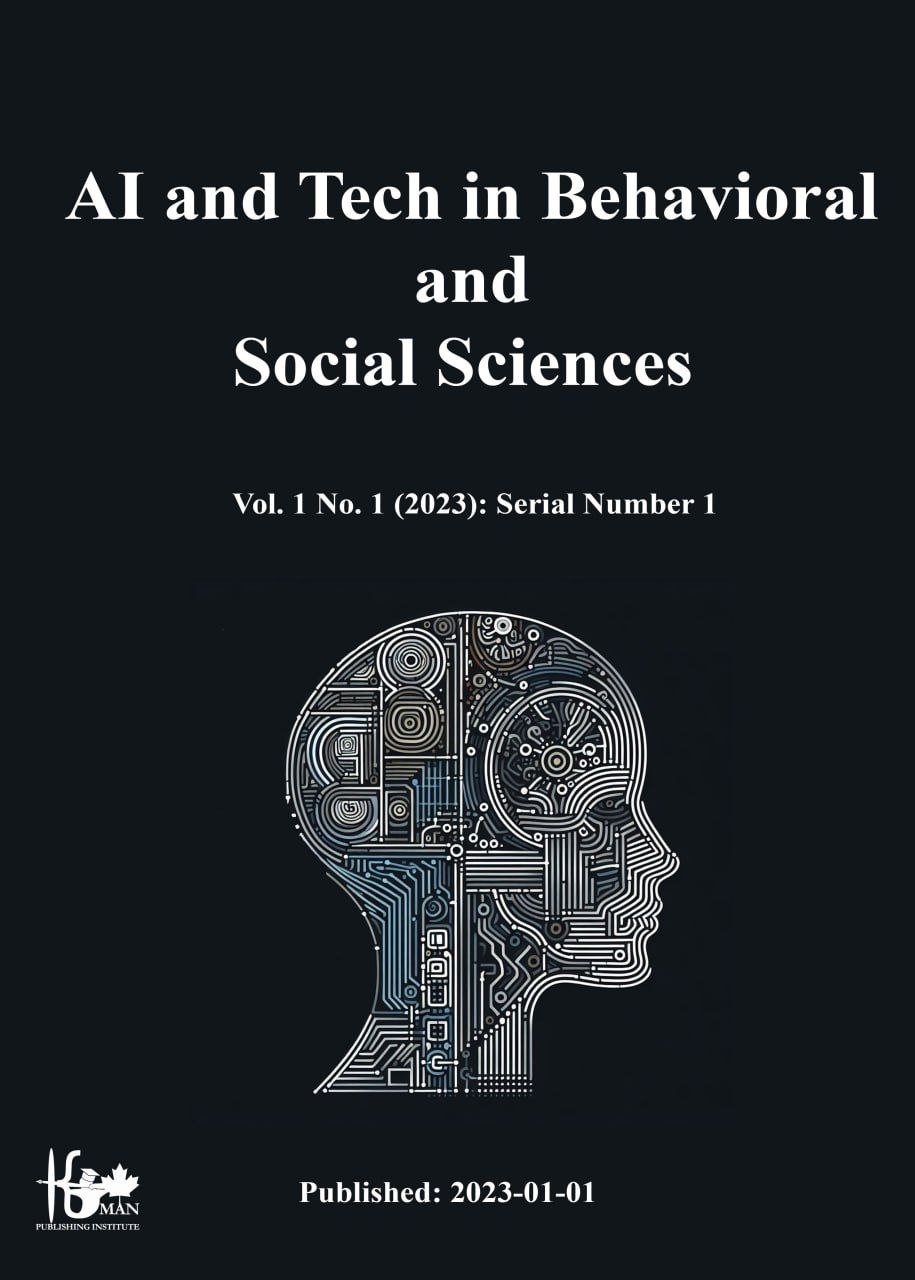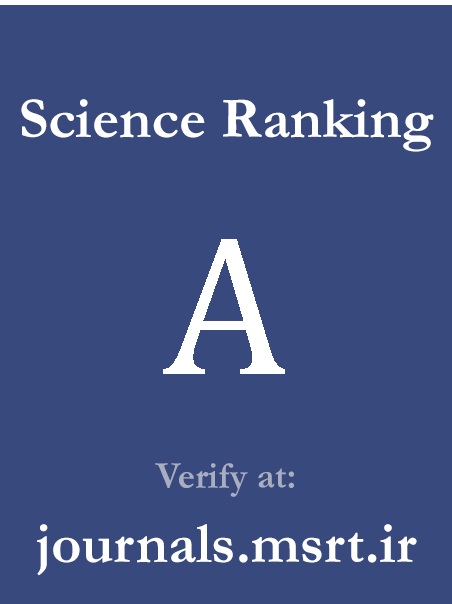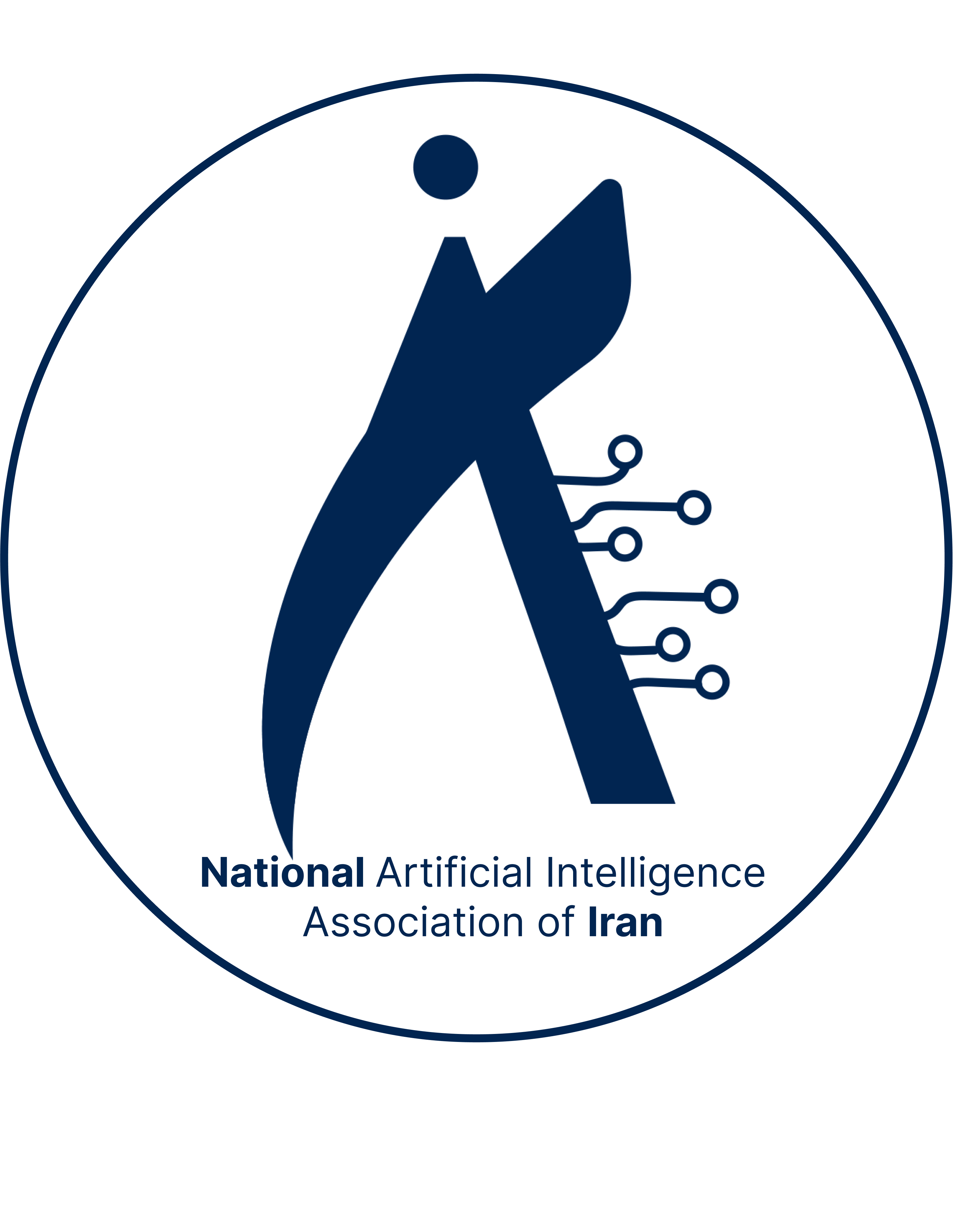Legal and Comparative Analysis of Civil Liability of Artificial Intelligence in Automated Decision-Making
Keywords:
Artificial Intelligence, Civil Liability, Automated Decision-Making, Strict Liability, Legal Personality of AI, AI RulesAbstract
With the rapid advancement of human-centric artificial intelligence, this technology has become a significant factor influencing various fields, including medicine, industry, transportation, commerce, law, and banking. Machine-based artificial intelligence, through automated decision-making, has taken over tasks that were previously performed by humans. However, a fundamental challenge in this area is determining legal liability in cases where AI systems make errors. The significance of this issue lies in the fact that, in many countries, traditional civil liability laws are primarily based on human will and actions, and a comprehensive legal framework for artificial intelligence and automated decision-making has yet to be developed. This paper examines the theoretical foundations of civil liability in automated decision-making and the emerging challenges in this domain. This study employs an analytical-descriptive and comparative legal research method. Different legal systems have adopted varying approaches to determining AI civil liability. In the United States, liability is primarily assessed under product liability and vicarious liability doctrines, whereas the European Union is moving towards a strict liability model and AI civil liability insurance. In Iran, civil liability remains based on human and corporate legal personality, and AI lacks independent legal personality. Some legal systems, such as Germany, have proposed that AI-based decision-making should be subject to a corporate liability model. This paper analyzes various models for determining AI civil liability, including developer and manufacturer liability, operator liability, strict liability, civil liability insurance, and the possibility of granting AI limited legal personality. The strict liability model, which is gaining traction in the European Union, holds organizations accountable for AI-related damages, regardless of fault. In Iran, the absence of specific regulations in this area may lead to significant legal ambiguities and enforcement challenges in AI-related lawsuits. Finally, this paper emphasizes the necessity of drafting new legal regulations aligned with international standards to effectively address the legal challenges and civil liability issues arising from AI-driven automated decision-making.
Downloads
References
Arianto, H. (2024). Readiness of the Legal Education System in Indonesia in Facing the Era of Artificial Intelligence. International Journal of Social Health, 3(2), 155-162. https://doi.org/10.58860/ijsh.v3i2.163
Barron, L. (2022). Smart cities, connected cars and autonomous vehicles: Design fiction and visions of smarter future urban mobility. Technoetic Arts, 20(Themed Issue: Projected Interiorities), 225-240. https://doi.org/10.1386/tear_00092_1
Boden, M. (2016). AI: Its nature and future. Oxford University Press.
Bryson, J. J., Diamantis, M. E., & Grant, T. D. (2017). Of, for, and by the people: The legal lacuna of synthetic persons. Artificial Intelligence and Law, 25(3), 273-291. https://doi.org/10.1007/s10506-017-9214-9
European Parliament. (2020). Proposal for a regulation laying down harmonized rules on Artificial Intelligence (Artificial Intelligence Act). https://eur-lex.europa.eu/legal-content/EN/TXT/?uri=CELEX%3A52021PC0206
French, P. A. (1984). Collective and corporate responsibility. Columbia University Press. https://doi.org/10.7312/fren90672
Gangloff, D. J. (2021). Robot rights: Ethics and law in the age of AI. Harvard University Press.
Goldberg, J., Lin, P., & Yip, F. (2021). Artificial intelligence and legal responsibility: Emerging frameworks. Cambridge University Press.
Goodman, B., & Flaxman, S. (2019). European Union regulations on algorithmic decision-making and a 'right to explanation'. Ai & Society, 34(1), 61-72.
Iranian Commercial Code: Article 583. (1932).
Jiang, L. (2023). Legal Risks and Responses to Artificial Intelligence Technology From the Perspective of Sociology of Technology. Academic Journal of Management and Social Sciences, 5(3), 183-186. https://doi.org/10.54097/oosnpmpt
Katouzian, N. (2011). Introduction to civil liability law. University of Tehran Press.
Mahdavi, M. (2022). Artificial intelligence and legal challenges in the digital world. SAMT Publications.
Nguyen, N. D., & Quan, D. (2023). Artificial Intelligence and Inventorship Under the Patent Law Regime: Practical Development From Common Law Jurisdictions. Vietnamese Journal of Legal Sciences, 8(1), 25-54. https://doi.org/10.2478/vjls-2023-0002
Safayi, M. (2021). Artificial intelligence and civil liability in Iranian law: Challenges and perspectives. Tehran University Press.
Santoso, I. B. (2024). Legal Regulations for Anticipating Artificial Intelligence-Based Workers Through Institutional Transformation of Job Training and the Human Resources Revolution. Devotion Journal of Research and Community Service, 5(6), 672-681. https://doi.org/10.59188/devotion.v5i6.743
Sartor, G., & Lagioia, F. (2020). The impact of AI on legal responsibility: Legal perspectives and regulatory approaches. Law and AI Journal, 5(2), 120-146.
Schwab, K. (2023). The Fourth Industrial Revolution and AI's Role in Law. Harvard Business Review Press.
Suryana, C. (2024). Employment Legal Protection in Facing Artificial Intelligence Disruption: Efforts to Overcome the Replacement of Human Workers. Pena Justisia Media Komunikasi Dan Kajian Hukum, 22(3). https://doi.org/10.31941/pj.v22i3.5121
Xudaybergenov, A. (2023). Toward Legal Recognition of Artificial Intelligence Proposals for Limited Subject of Law Status. Irshad J. Law and Policy, 1(4). https://doi.org/10.59022/ijlp.55
Zak, Y., Parmet, Y., & Oron-Gilad, T. (2020). An artificial intelligence algorithm to automate situation management for operators of unmanned aerial vehicles 2020 IEEE Conference on Cognitive and Computational Aspects of Situation Management (CogSIMA),
Zhang, Y. (2020). AI governance in China: Emerging policies and regulatory trends. Journal of Chinese Law and Technology, 8(1), 45-72.

Downloads
Additional Files
Published
Issue
Section
License
Copyright (c) 2024 AI and Tech in Behavioral and Social Sciences

This work is licensed under a Creative Commons Attribution-NonCommercial 4.0 International License.







